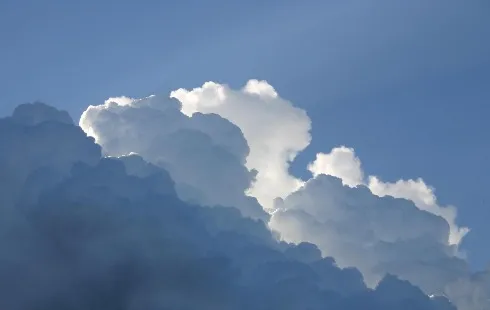
Pantone's Color of the Year an Endless Neutral Loop
Section: Fashion
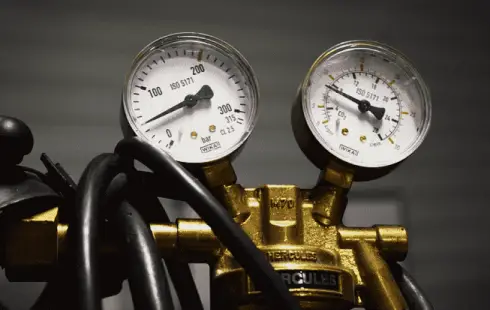 The Federal Network Agency's indicator for the temperature forecast is set at "critical": According to the weather forecast, it will be at least two degrees colder in the coming days than in the comparative years 2018 to 2021. With the cold, the willingness to save gas is falling: Even adjusted for temperature, consumption was recently only 13 percent below the comparative value instead of the target of at least 20 percent issued by the network agency. However, the storage facilities are very well filled, and so far there are no signs of supply bottlenecks - even though Klaus Müller, the head of the network agency, has once again urged people not to slacken their efforts to save energy in view of the much colder temperatures.
The Federal Network Agency's indicator for the temperature forecast is set at "critical": According to the weather forecast, it will be at least two degrees colder in the coming days than in the comparative years 2018 to 2021. With the cold, the willingness to save gas is falling: Even adjusted for temperature, consumption was recently only 13 percent below the comparative value instead of the target of at least 20 percent issued by the network agency. However, the storage facilities are very well filled, and so far there are no signs of supply bottlenecks - even though Klaus Müller, the head of the network agency, has once again urged people not to slacken their efforts to save energy in view of the much colder temperatures.
Nevertheless, the Bonn market regulator is pressing ahead with preparations for possible gas rationing as a precautionary measure. One important question is how previous savings would have to be taken into account. Many companies have already significantly reduced their gas consumption and expect these efforts to be credited. An as yet unpublished paper from the network agency shows how this should work.
Should a shortage actually occur and the German government declare an emergency, the gas purchases of around 40,000 medium-sized and smaller companies would first be cut according to the lawnmower method - and in principle by a uniform percentage. So that earlier savings efforts are not "penalized," however, the network agency wants to credit those consumption reductions in the process that took place after the early warning stage was declared on March 30, 2022. "From that day on, the clear political signal to save gas applied," its paper says.
Earlier savings in response to the sharp rise in gas prices that began as early as 2021 would not be taken into account. In addition, the network agency reserves the right to shorten the period further if the industry's savings efforts slacken. Only consumption reductions in the very last months before a possible rationing would then be taken into account.
The average consumption in the relevant comparative months in the period from February 1, 2018, to March 31, 2022, would be used to calculate the savings. The network agency justifies the delimitation by stating that since the beginning of this period it has been possible to clearly allocate gas consumption to company locations. In the event of a shortage, a reduction rate applicable to all 40,000 companies would first be promulgated by "general order." The companies would then be required to submit a "self-declaration". In it, they would have to state how much gas they are actually still allowed to purchase, taking into account their savings. The companies must then send this declaration to their gas network operator and "on request" also to the network agency.
A different procedure applies to the 2,500 largest gas consumers, whose data the network agency has digitally recorded on the "Gas Security Platform". These companies from energy-intensive sectors such as chemicals, metal processing, steel, glass, ceramics, paper and the food industry account for almost two-thirds of industrial gas consumption. Their gas purchases would be cut individually in an emergency. There are no precise criteria for this.
The level of cuts is to depend, among other things, on how important production is for supplying the population and the national economy. However, previous gas savings are also to count for these companies. In the event of rationing, they would be "directly taken into account in the order" on the basis of the data on the security platform, the network agency explains.
Image by Mimzy

Section: Fashion

Section: News

Section: Business
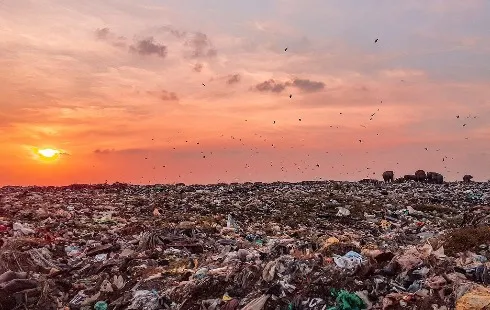
Section: Fashion

Section: Business
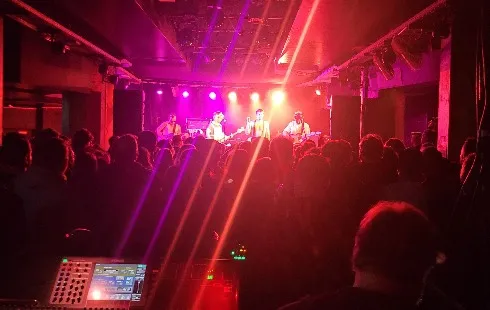
Section: Arts

Section: Politics
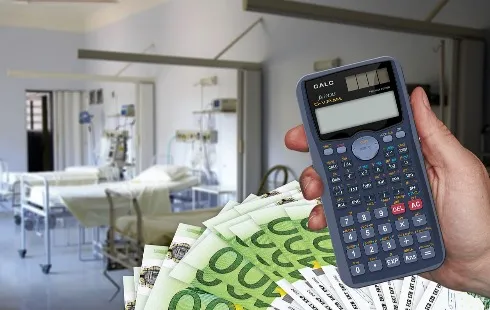
Section: Health Insurance

Section: News
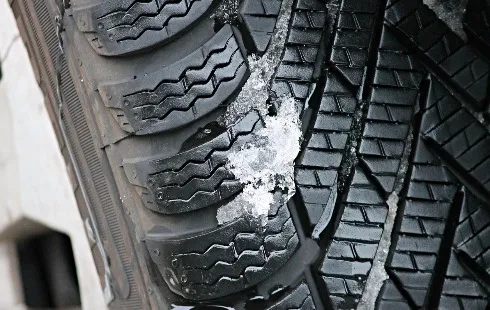
Section: News
Both private Health Insurance in Germany and public insurance, is often complicated to navigate, not to mention expensive. As an expat, you are required to navigate this landscape within weeks of arriving, so check our FAQ on PKV. For our guide on resources and access to agents who can give you a competitive quote, try our PKV Cost comparison tool.
Germany is famous for its medical expertise and extensive number of hospitals and clinics. See this comprehensive directory of hospitals and clinics across the country, complete with links to their websites, addresses, contact info, and specializations/services.
Join us for an enchanting Christmas adventure at the Münchner Marionettentheater! Experience the marionette play 'Der verschwundene Wunschzettel' by Siegfried Böhmke, featuring our beloved Kasperl Larifari and his little friend Stupsi. As Christmas approaches, both Kasperl and Stupsi have prepared...



No comments yet. Be the first to comment!